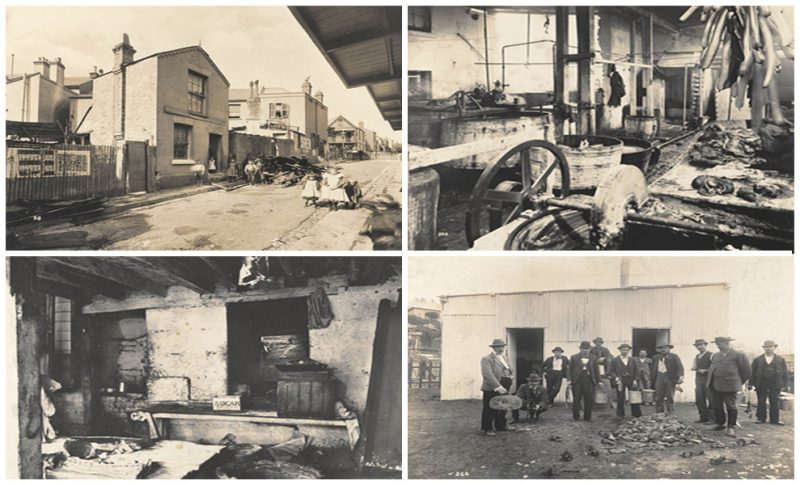When bubonic plague struck Sydney in 1900, George McCredie was appointed by the Government to take charge of all quarantine activities in the Sydney area, beginning work on March 23rd, 1900. At the time of his appointment, McCredie was an architect and consulting engineer with offices in the Mutual Life of New York Building in Martin Place. McCredie’s appointment was much criticised in Parliament, though it was agreed later that his work was successful.
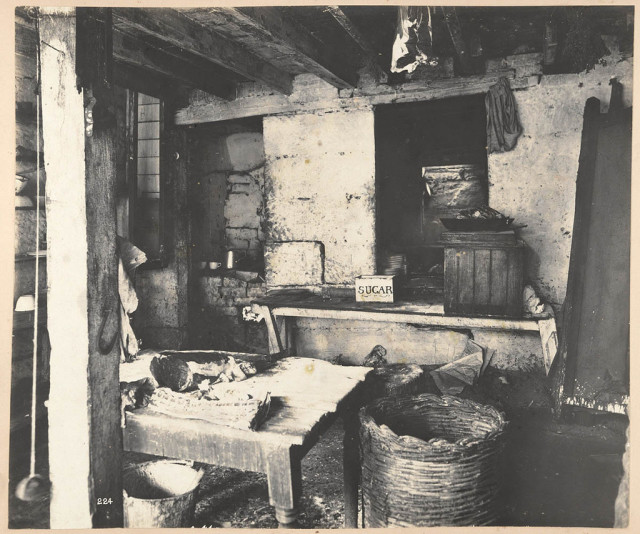
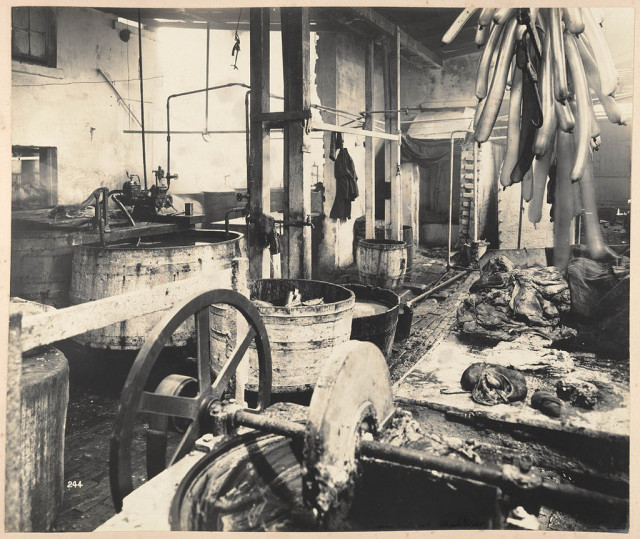
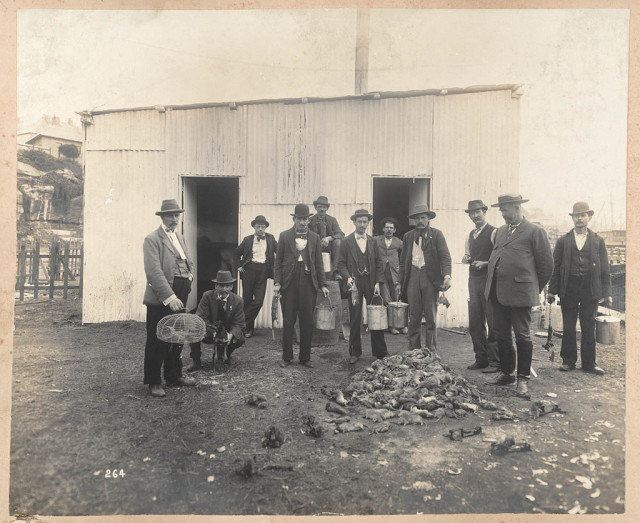
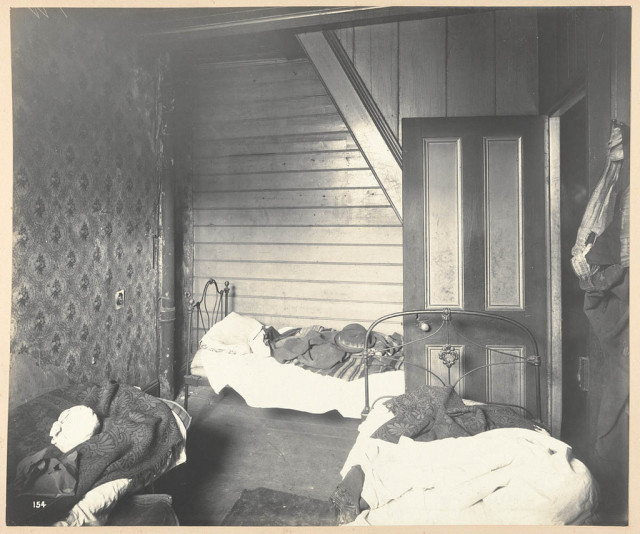
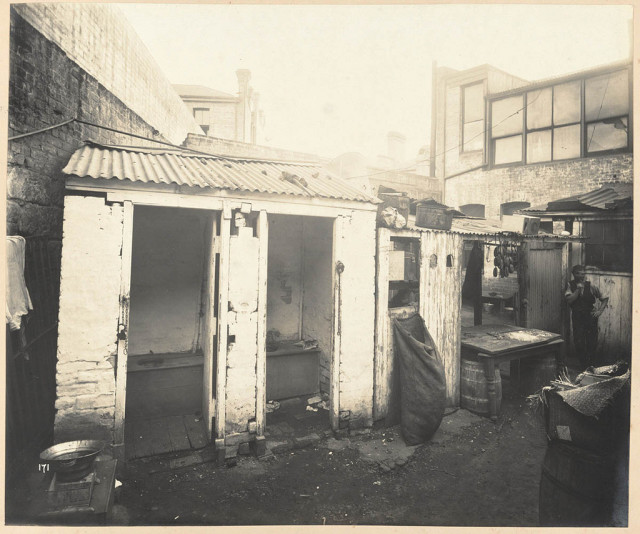
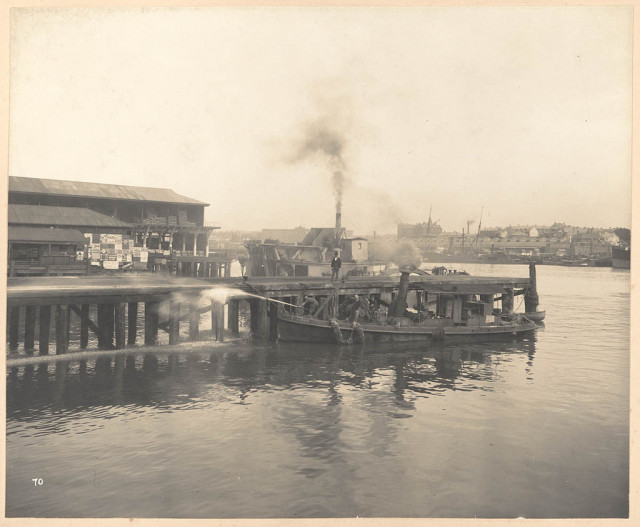
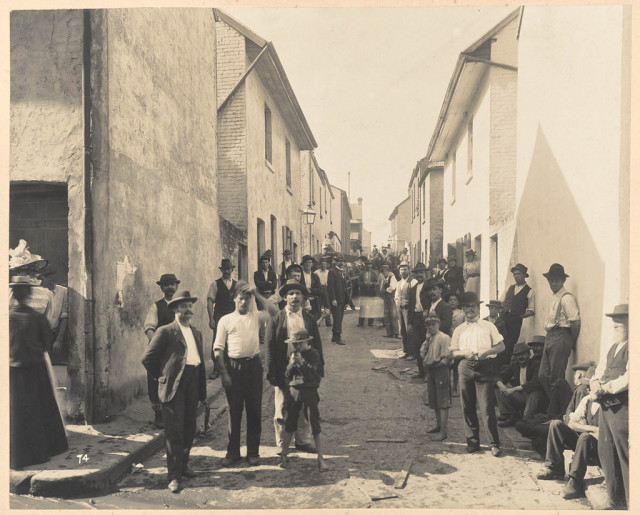
From the 1860’s to the early 1900’s the middle and upper classes began deserting the area and relocating to the suburbs, divorcing themselves physically from the working and lower classes, who tended to remain in the city and close to the waterfront areas and their place of employment.
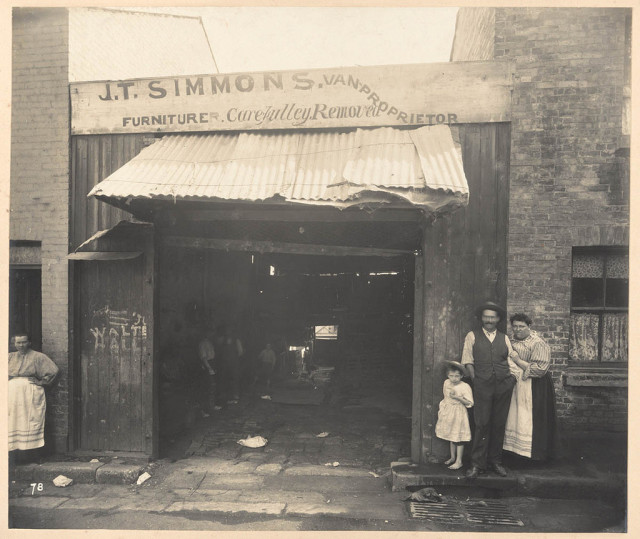
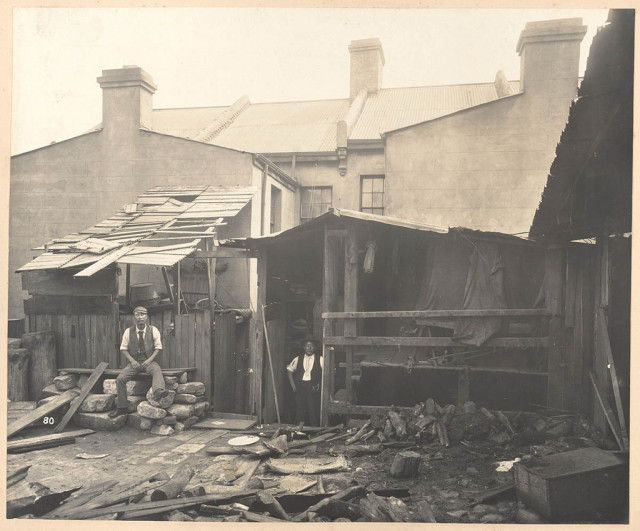
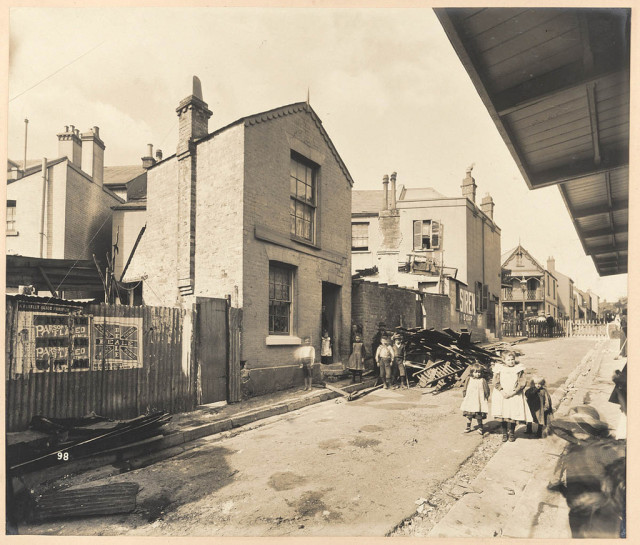
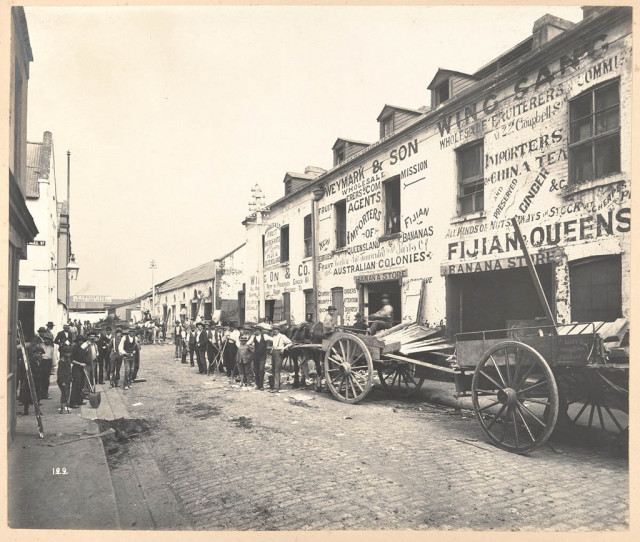
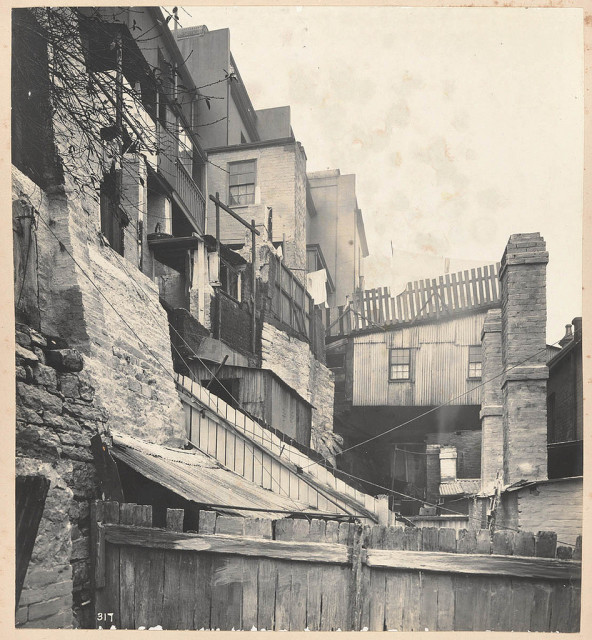
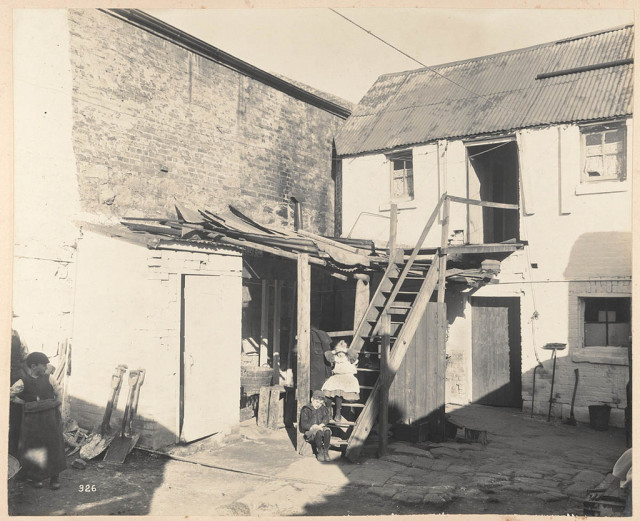
The infected areas and buildings selected for demolition because of the health risks they supposedly raised were recorded by photography. Most of the buildings demolished were considered slum buildings.
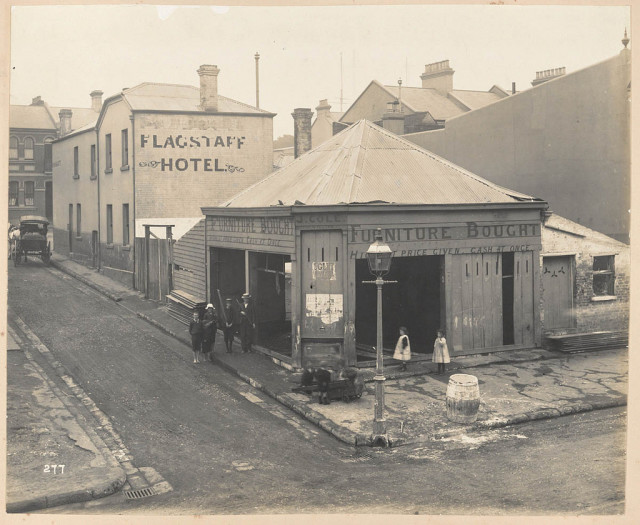
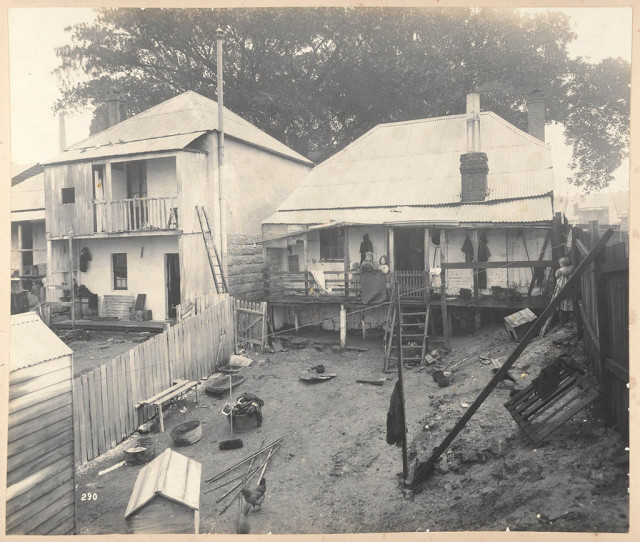
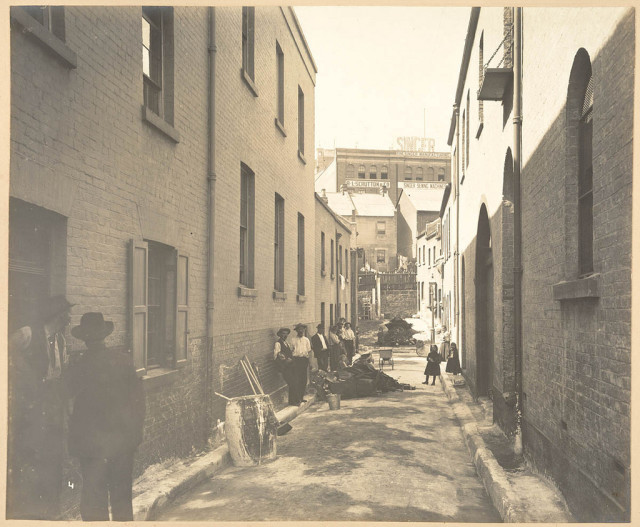
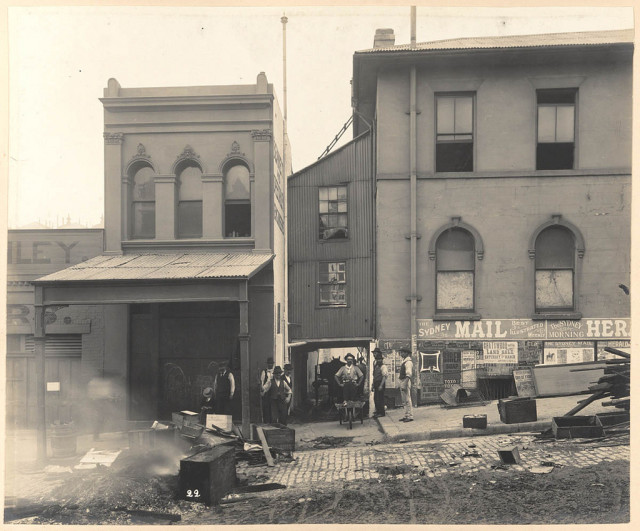
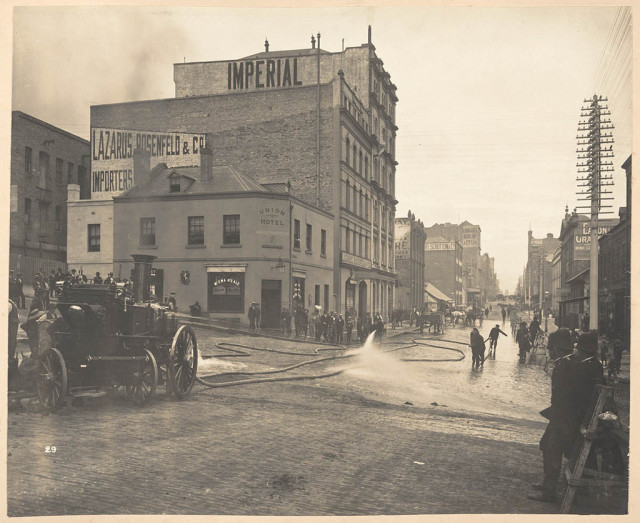
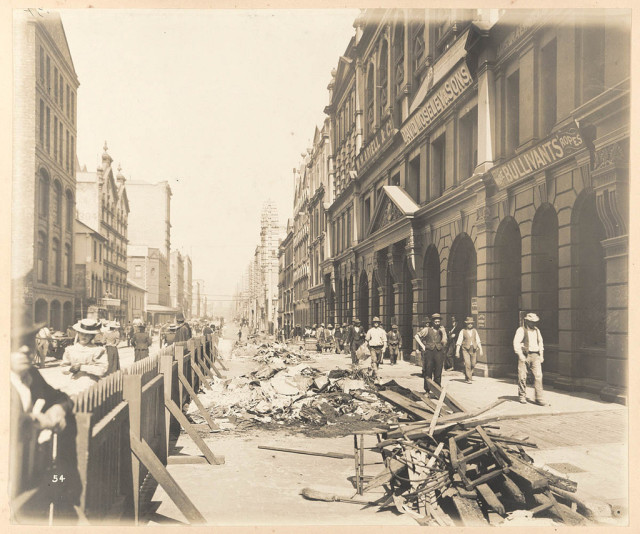
Over the next decade, more than 3,800 properties were inspected, hundreds were pulled down, and hundreds of families and individuals were dispossessed. By the end of August 1900, the outbreak had concluded, and whilst there was only a reported 103 resulting deaths (significantly low when compared to mortality rates from other infectious diseases of the time), the effect that it had on the reputation of The Rocks and Millers Point, as well as its inhabitants, was damaging. The state resumption and its demolition programs left behind a series of questions regarding the motives behind the government’s orchestration of this movement.
Photos: State Library of New South Wales
